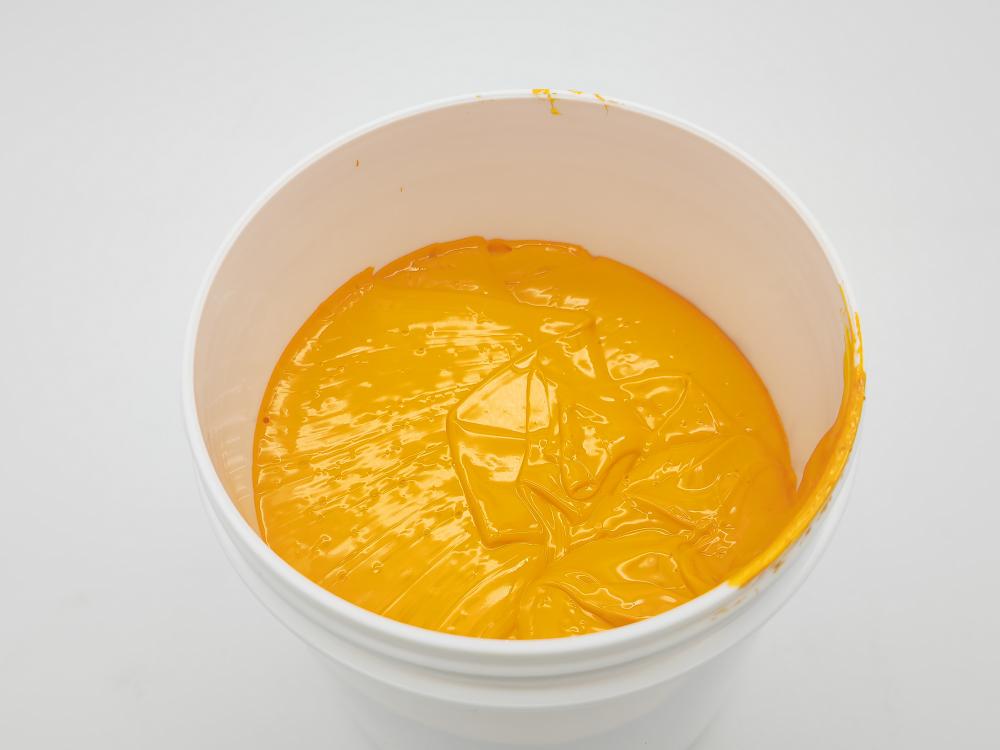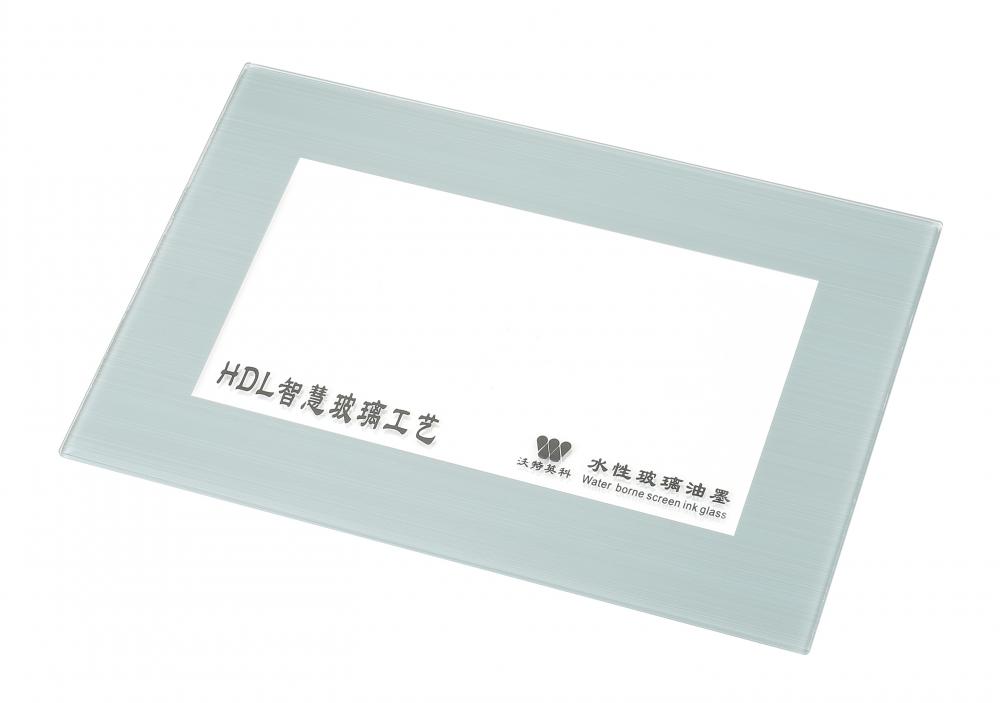
Privacy statement: Your privacy is very important to Us. Our company promises not to disclose your personal information to any external company with out your explicit permission.
The quality of printed matter in plastic printing often depends on the viscosity of Printing Ink. Therefore, in the process of plastic printing, the viscosity control of printing ink has become a very important process. Especially in high-speed rotary gravure printing, whether the viscosity control of ink printing is appropriate or not has a great relationship with most quality problems such as pigment transfer, dirty plate, gloss of printed matter, fastness of ink layer, static electricity and so on, which affects the yield and production efficiency of printed matter. How to control the printing viscosity of ink can give consideration to many aspects and ensure the quality of printed products, which requires us to understand the relationship between the printing viscosity of ink and these common quality problems. By adjusting the viscosity of ink, the printing effect can be effectively improved.

1. Ink scraping effect
The viscosity is large, and the scraping effect is not good (refers to scraping is not clean). Especially for black ink, generally, a smaller viscosity is used to prevent scraping from being clean.
2. Knife line
Smaller ink viscosity can prevent the occurrence of knife lines to the maximum extent, especially when printing hierarchical versions, these knife lines are just printed or very small, and they become more and more serious after not printing for a long time. In another case, the cutter lines all appear in the position with reticulation, and they are all at the starting point.
3. Poor overprint
There are two situations: one is that the ink of the latter color dissolves the printed color in front, which leads to discoloration or tailing and ghost, and the viscosity of the ink of the latter color should be increased at this time; In another case, the ink of the latter color can't be printed on the ink of the previous color, so the viscosity of the ink of the latter color should be reduced at this time.
4. Ink transfer
When Haihong color printing and printing shallow screen, the smaller viscosity is very beneficial to improve the transfer of ink and avoid the phenomenon of bad "small white spots". From the above, it can be seen that viscosity is closely related to many printing problems, and many problems can be solved by mastering the adjustment of viscosity.
5. Hue
Reduce the viscosity of ink to make the color lighter, and vice versa. But you can't change the color by adjusting the viscosity blindly, otherwise other problems will occur, such as water lines and dull colors. In color matching, it is necessary to master the variation bias of viscosity of different colors in order to make better use of viscosity. For example, when the viscosity of primary yellow is high, it tends to be red, while when the viscosity is low, it will appear green; The green viscosity is blue, and the viscosity is yellow.
6. Water lines
This problem is generally closely related to the printing speed. The lower the printing speed, the greater the viscosity of the required ink, and vice versa. If the speed and viscosity are not well matched, water streaks will easily appear. Usually, the printing speed is basically fixed, so the water mark is solved by increasing the ink viscosity. Another phenomenon is very similar to water ripple. Without careful observation and analysis, it is easy to solve it by increasing viscosity just like water ripple, but the result is ineffective (or the opposite effect), which many people will ignore. I have personally contacted many printers, and they often make this mistake. The difference between water ripples and this phenomenon (temporarily called "flower spots") is that water ripples show dots of very short lines, while "flower spots" show dots of circles. The solution is to reduce the viscosity of the ink. If it is too serious, there may be a problem with the quality of the plate or ink. By reducing the viscosity, the effect can only be improved.
7. Pigment transfer effect
As we know, plastic film printing ink is composed of organic solvents, binders, pigments, additives and auxiliary materials. In the printing process, the effect of pigment transfer is mainly related to the printing viscosity of ink. Practice has proved that the printing viscosity of ink has a certain range (11 ~ 24s, 3# Zahn cup). In this range, the greater the printing viscosity of ink, the worse the effect of pigment transfer. When the printing viscosity of ink is too high, the whole ink system is in a state of supersaturation, and the liquidity of pigments and other substances is poor, so they can't be dispersed evenly, but appear in groups and are easy to pile up together, so that pigments can't smoothly enter the printing plate mesh holes, even can't enter the mesh holes at all, let alone transfer. This is the so-called blocking phenomenon. Therefore, we only need to make the colloid system composed of resin, pigment and organic solvent not in supersaturated state, but in saturated or unsaturated state, so that pigments and other substances can be well dispersed in it to form a uniform and delicate colloid system, so that pigments can smoothly enter and exit the mesh holes, and the problem can be solved.
Some ink manufacturers suggest that the printing viscosity of ink should be controlled at 15 ~ 18s (3 # Zahn cup), but in practice, especially on high-speed gravure press (printing speed is 100 ~ 260m/min), in order to ensure good transfer effect, print for a long time and improve production efficiency, the ideal printing viscosity of ink is generally found at 11 ~ 15s (3 # Zahn cup).
8. Ink printing viscosity and dirty plate failure
In plastic film gravure printing, the problem of dirty plate often appears. The phenomenon is that the non-printing pattern parts of the printing plate cylinder will also be stained with a hazy layer of resin (with pigment in the resin) and transferred to the plastic film, which will appear as sheet or linear dirt on the printed matter. The root of the dirty plate phenomenon is not only related to the hardness, pressure, contact angle of the scraper and the quality of the plate cylinder, but also related to the printing viscosity of the ink. When the printing viscosity of ink is too high, the fluidity of pigments and other substances is poor, and it is easy to pile up together. Under the relatively high-speed movement of the scraper and the printing plate cylinder, the scraper and the printing plate cylinder are easy to be damaged, which is easy to cause linear dirt.
At the same time, because the resin is also in supersaturated state, a large number of resins coalesce together, and the affinity of the resin to the printing plate cylinder, under the pressure of the scraper, the resin will tightly stick to the printing plate cylinder (with pigment in the resin), so that flaky dirt will appear. Generally speaking, the smaller the printing viscosity of ink, the less likely it is for dirty plates to occur.

9. Print gloss and ink fastness
If the printing viscosity of the ink is too small, it means that there are many organic solvents in the ink, but there are relatively few components such as resin and pigment, so that a smooth film can not be formed when drying, which makes the final printed pattern white and lack luster. Therefore, if the printed matter requires good gloss, it is generally necessary to consider using a larger printing viscosity of ink (13 ~ 19s, 3# Zahn cup), that is, there are relatively more resin and pigment components to meet the needs of printed matter.
When the ink is transferred to the plastic film and dried to form an ink film, the pigment can be firmly attached to the surface of the plastic film, and resin is the main material to make the pigment firmly attached to the plastic film. Therefore, the fastness of pigment adhesion is also related to the printing viscosity of ink. The proportion of resin and pigment in ink components should not be too large or too small, but should be within the normal range to ensure the firm adhesion of pigments.
Welcome friends from the glass printing factory to consult Screen Printing Ink or Screen Printing Machine via email :yan@lauerink.com or whatsapp:86-18022025378
LET'S GET IN TOUCH

Privacy statement: Your privacy is very important to Us. Our company promises not to disclose your personal information to any external company with out your explicit permission.

Fill in more information so that we can get in touch with you faster
Privacy statement: Your privacy is very important to Us. Our company promises not to disclose your personal information to any external company with out your explicit permission.